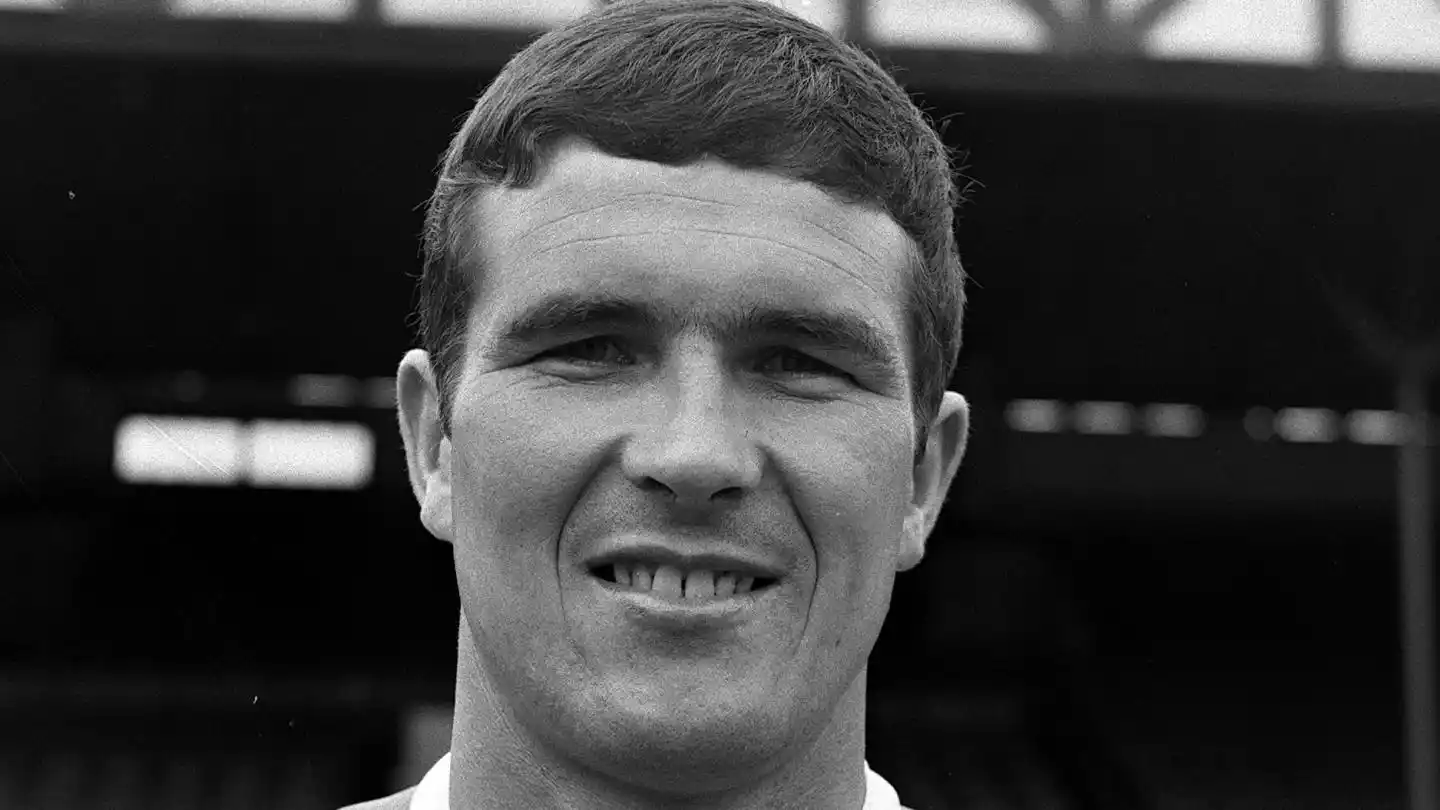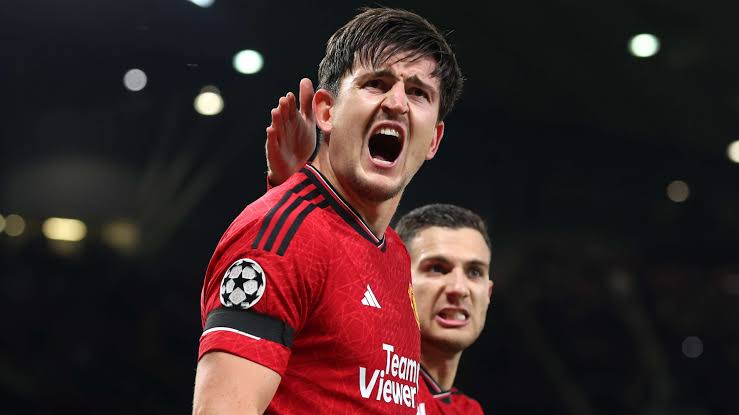
One of the most visible consequences of the blocked pathway is the modern loan system. Super-clubs routinely hoard 30+ players, scattering them across Europe in search of playing time. Chelsea, City, and the Red Bull group exemplify this model, sending young prospects to multiple leagues with the hope of either accelerating development or increasing market value.
In practice, the success rate is low. Most loaned players never return to make meaningful first-team contributions. Instead, loans frequently operate as a shop window for a future sale, rather than a structured step toward integration. Consider a City youth product sent to Girona or Troyes: he may play consistently and gain experience, yet his pathway to the Etihad remains unclear. After years in loans, the link to the parent club often weakens, and the player becomes part of a financial cycle rather than a footballing one.
Multi-club ownership has complicated this system further. Groups like City Football Group and Red Bull move players internally, creating opportunities but also adding layers of complexity. A promising 19-year-old may move from Manchester to Salzburg, then to Leipzig, gaining minutes but losing stability. The pathway becomes a maze, and for every success story, dozens of youth prospects drift into permanent exile from their parent club’s plans.
Ultimately, the loan system exemplifies the tension between player development and financial strategy. It highlights how even talented, technically gifted players can be trapped in an environment where club priorities, rather than football readiness, dictate their trajectory.
Behind the numbers and financial logic are the human stories. For many players, the dream of professional football is deeply tied to identity and self-worth. When a youth player is labeled “The Next Big Thing” from the age of eight, only to be released at 21, it triggers an identity crisis. Years of dedication and sacrifice suddenly feel wasted.
Mental health is a growing concern. Anxiety, depression, and loss of purpose are common among players who have been trapped in the void or shuffled endlessly on loan. The psychological toll of coming close to the first team, only to be sold or sidelined, is profound. Players develop a “what if” mentality that can linger long after their football careers end.
The drop-off rate is staggering. Many highly skilled academy graduates leave professional football entirely because they cannot adapt to the physical and tactical demands of lower leagues after being nurtured in luxury academy conditions. Others spend years drifting between loans and lower-division contracts, never establishing stability. Even players who succeed elsewhere, like those leaving Chelsea, City, or Liverpool academies, often achieve their breakthroughs only after leaving their parent club, illustrating how blocked pathways damage both clubs and players.
The human cost underscores the stakes. Talent alone is insufficient in modern football; structural failures, managerial risk-aversion, and financial priorities leave many gifted players stranded, their potential unrealized, and their mental well-being at risk.
The pathway problem is not unsolvable, but it requires structural and cultural changes. One proposal is the adoption of the Spanish model, where reserve teams like Real Madrid Castilla or Barça Atlètic compete in the actual competitive pyramid rather than isolated youth leagues. This approach exposes young players to real match intensity, hostile atmospheres, and the pressures of promotion and relegation, creating a more authentic bridge to the first team. Clubs that implement this system see clearer, more gradual pathways for their graduates.
Alternative approaches have emerged in England as well. Brentford, for example, scrapped its traditional academy in favor of a B Team model that focuses on recruiting released or overlooked players and integrating them into a competitive squad environment. Early results suggest this approach can produce first-team contributors more efficiently, offering a different blueprint for bridging youth and senior football.
Leagues could also introduce “play-to-pay” incentives: awarding financial bonuses, squad allowances, or even small point incentives for minutes played by U21 academy graduates. These mechanisms would encourage clubs to risk youth integration without threatening short-term results or financial stability. When aligned properly, incentives can reward long-term development over immediate commercial logic, helping to unblock pathways for talented players.
The solutions are multi-faceted, but all share a central principle: youth integration must be valued on the pitch, not just on balance sheets. Without clear structures, financial reforms, and incentive alignment, the system will continue to produce technically gifted but socially and professionally unprepared players.
The pathway from academy to first team is blocked not by lack of talent but by bureaucracy, financial incentives, and managerial risk-aversion. Modern academies produce technically brilliant players, yet very few achieve sustained first-team careers at their parent clubs. The Big Six statistic is stark: in the last decade, only 36 academy graduates have made 30+ top-flight appearances at their own clubs. This reality underscores the systemic failure of integrating youth talent.
Success in youth development should be measured not by trophies won at U18 or U21 levels, but by the number of careers genuinely launched. Clubs, leagues, and managers must prioritize creating pathways that value experience, exposure, and incremental learning over isolated technical performance. When the system works, young players are challenged and prepared for the realities of professional football. When it fails, talent is wasted, and lives are disrupted.
Ultimately, academies must be judged by outcomes that matter: careers created, not awards accumulated. Until football aligns its incentives, structures, and patience with the human realities of youth development, the “golden generation” will continue to get stuck in traffic, brilliant but trapped, on the road to senior football.






